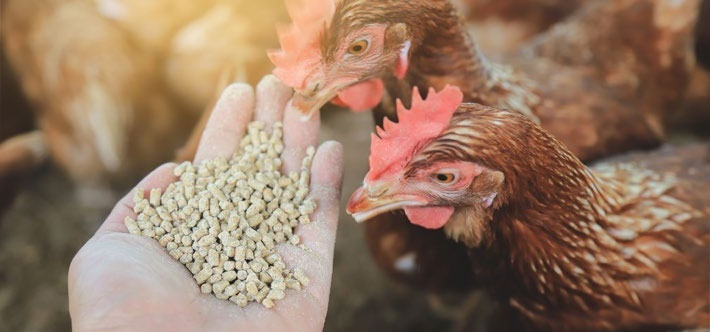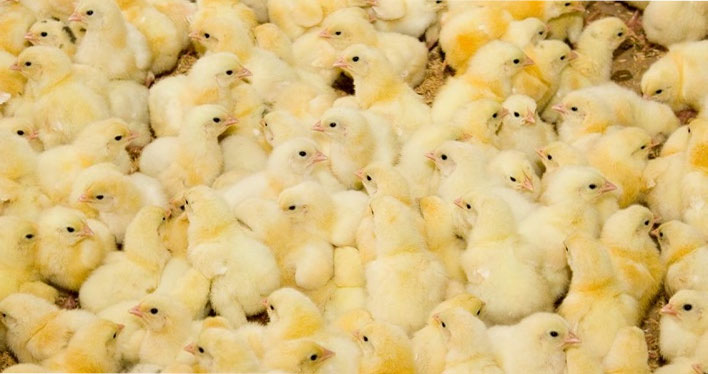Guillermo Díaz, Animal Scientist – Nutritionist, he was in charge of the conference on “Calcium and phosphorus metabolism in modern layers with long production cycles” during the LPN 2021.
Modern laying hens are being genetically selected for long production cycles, with the promise of being long-lived and productive, having a more remarkable ability to consume feed in the early stages, and better persistence in egg production. However, the traditional nutritional and feeding management must be reviewed for the operation to be economically viable. One of the issues to check is the nutritional management of calcium and phosphorus.
It is normal in the late stages that the mortality increases and events such as prolapses, ovo-peritonitis, intra-abdominal posture, cage fatigue, heart attack, crooked keels, decalcified bones, fattening, thin-shelled or coltsfoot eggs Which would be a clear indicator that one of the factors to be reviewed is the metabolism of calcium and phosphorus as responsible for many functions on which their life and productive performance depend.
Calcium is the most abundant mineral in the animal body, 99% is in the bones as calcium phosphates, and the remaining 1% is distributed in ionic form.
It is the main constituent of the shell in the form of calcium carbonate crystals. In addition, it participates in some metabolic functions, such as the formation and maintenance of bones; contraction of skeletal, cardiac, and smooth muscles; blood clotting; heart rate regulation; body weight gain, and feed utilization; egg production and shell quality, the transmission of nerve impulses and neuromuscular excitability, the catalyst for enzymes, secretion of hormones, and hormone-releasing factors. Calcium deficiency causes growth delay, low feed intake, low egg production, osteoporosis, rickets, prostration, internal bleeding, an increase in urine volumes, tetany, and an increase in thin shells.

In addition to being part of the bone, phosphorus is involved in muscle mobility, energy metabolism, carbohydrate, fat, and amino acid metabolism, nervous tissue metabolism, skeletal development, some enzymes, and coenzyme. Likewise, it is involved in the storage and transport of energy. It is part of ADP, ATP, and creatine phosphate. Only 10% of phosphorus is in the form of inorganic phosphate.
It is very important to ensure the quality and granulometry of the supplied calcium source. Since laying hens need fine or rapidly soluble calcium to be used during the day for their basal and functional metabolism. Also, sources of slow solubility or coarse granulometry would be retained in the gizzard to meet the needs of shell formation in the dark hours.

The skeleton provides a large store of calcium and phosphate for use elsewhere in the body when dietary supplies are inadequate.
During lay, the calcium present in the medullary bone is used to form the shell when the intestinal absorption of calcium is insufficient.
The level of bone mobilization is inversely proportional to the calcium content ingested or circulating and the shells formed are thicker the lower the participation of bone calcium in the process. Particular emphasis should be placed on maximizing the intestinal origin of calcium to protect bone health.
It is important to feed pullets that are starting production with balanced feed with intermediate calcium levels (2-2.5%) and the presence of coarse grains of limestone to promote and enhance bone health, preparing for long cycles.
After the 200th egg, which generally occurs between 55 and 60 weeks of life, the productive parameters decrease significantly, and mortality increases. Therefore, at this stage, it is essential to review the feeding plan, the calcium supplementation plan, and its relationship with available phosphorus so that the layer can efficiently support the long production cycle.

The management and feeding strategy for laying hens include a review of feed granulometry and calcium sources, and the use of diets designed to protect the liver, improve immunity, and maintain bone health, supplemented with a lighting plan according to the objectives of the company.